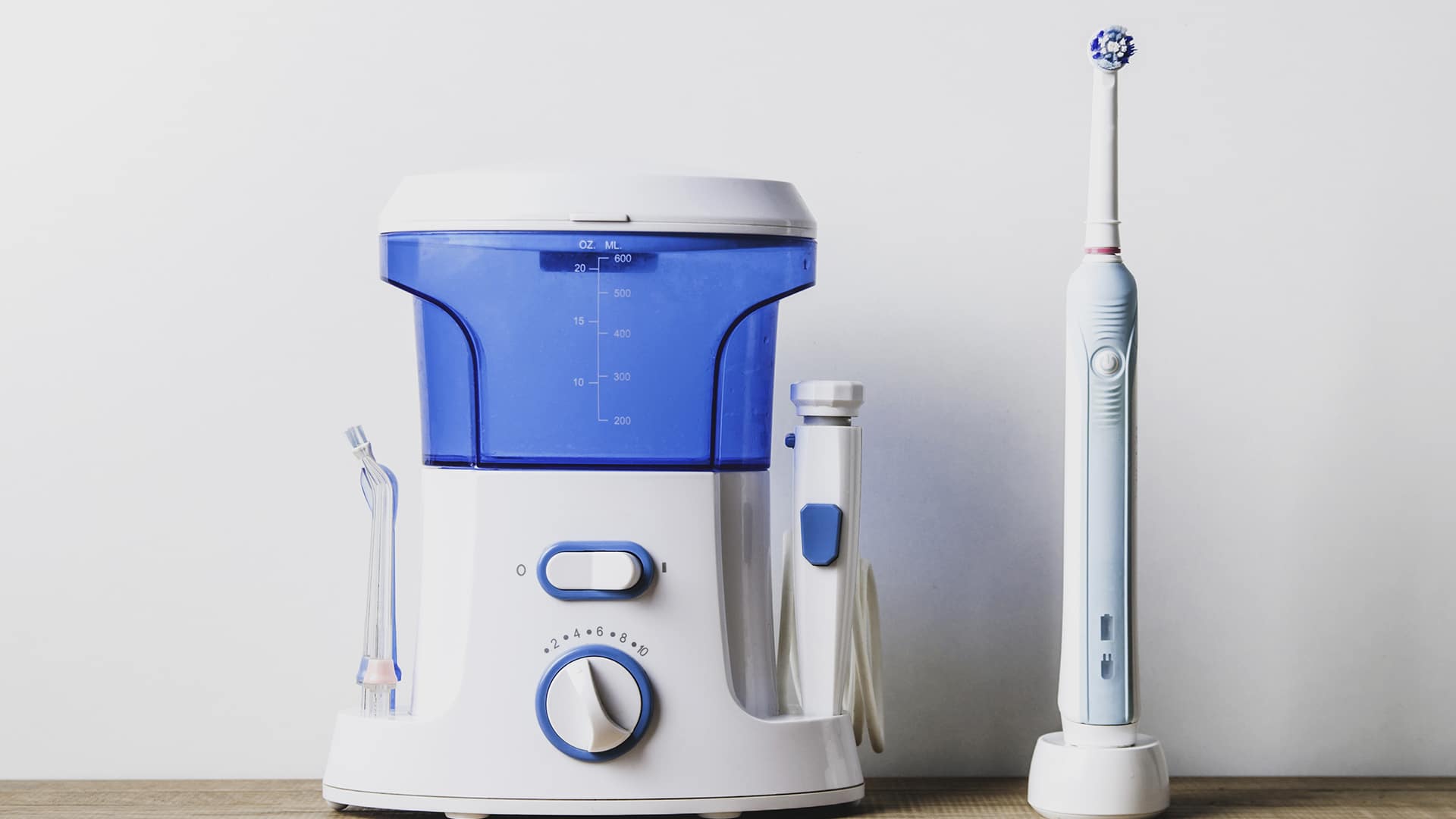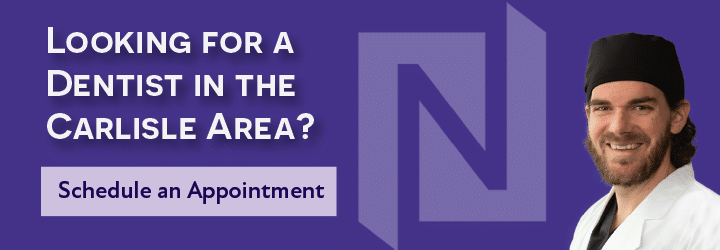
Waterpik vs. Flossing
Brushing your teeth at least twice a day with fluoride toothpaste is a good start, but regular brushing may not be enough to clean out food particles, plaque, and bacteria from between teeth. Interdental cleaning, such as flossing, is recommended by the American Dental Association.
You may be trying to decide which is better for cleaning in between teeth: dental floss or a Waterpik water flosser. Getting input from your dentist is always a good place to start.
Who should use a Waterpik?
Waterpik water flossers are also referred to as dental water jets or oral irrigators. Water flossers use a pressurized stream of pulsating water to clean away food particles, bacteria, and plaque between teeth and under the gumline.
You may prefer to use a Waterpik instead of floss if you:
- wear braces
- have nonremovable bridgework
- have crowns
- have dental implants
A Waterpik may also be easier to use than standard floss for people with arthritis, or for anyone who finds string floss difficult to maneuver and work with.
What are the pros and cons of a Waterpik?
Pros:
- Helpful for getting into hard-to-reach areas of the mouth
- Easy to use
- Cleans tightly spaced teeth, and periodontal pockets that may be caused by early gum disease
Cons:
- Messy
- May not remove all plaque- Some people like to use string floss first, to scrape off and loosen plaque. A Waterpik can then be used to efficiently rinse out residue and plaque left behind.
- Can be costly
Flossing: Pros and cons
Dental floss dates back as far as prehistoric times. Everyone should floss. Flossing is an important part of dental hygiene to reduce the risk of gum disease and tooth decay.
Pros:
- Easy to control- Flossing manually allows you to meticulously wipe down each tooth
- Able to clean each tooth in full- Using floss also allows you to wipe each tooth clean of sticky plaque before it can turn into tartar.
Cons:
- Unable to reach some areas
- Can cause your gums to bleed- If you floss too far down below the gum line or too forcefully, your gums may bleed.
It’s important to rinse your mouth after you floss. This helps remove plaque and residue scraped free from teeth.
The bottom line
The best dental hygiene method is typically one you’ll stick to, enjoy, and can see yourself using daily. Both Waterpiks and flossing are good ways to take care of teeth and gums, in addition to brushing. The ADA recommends brushing twice a day and cleaning in between the teeth once a day.
Be sure to speak with your dentist about any concerns you may have. They can also help you determine the best option for you.



